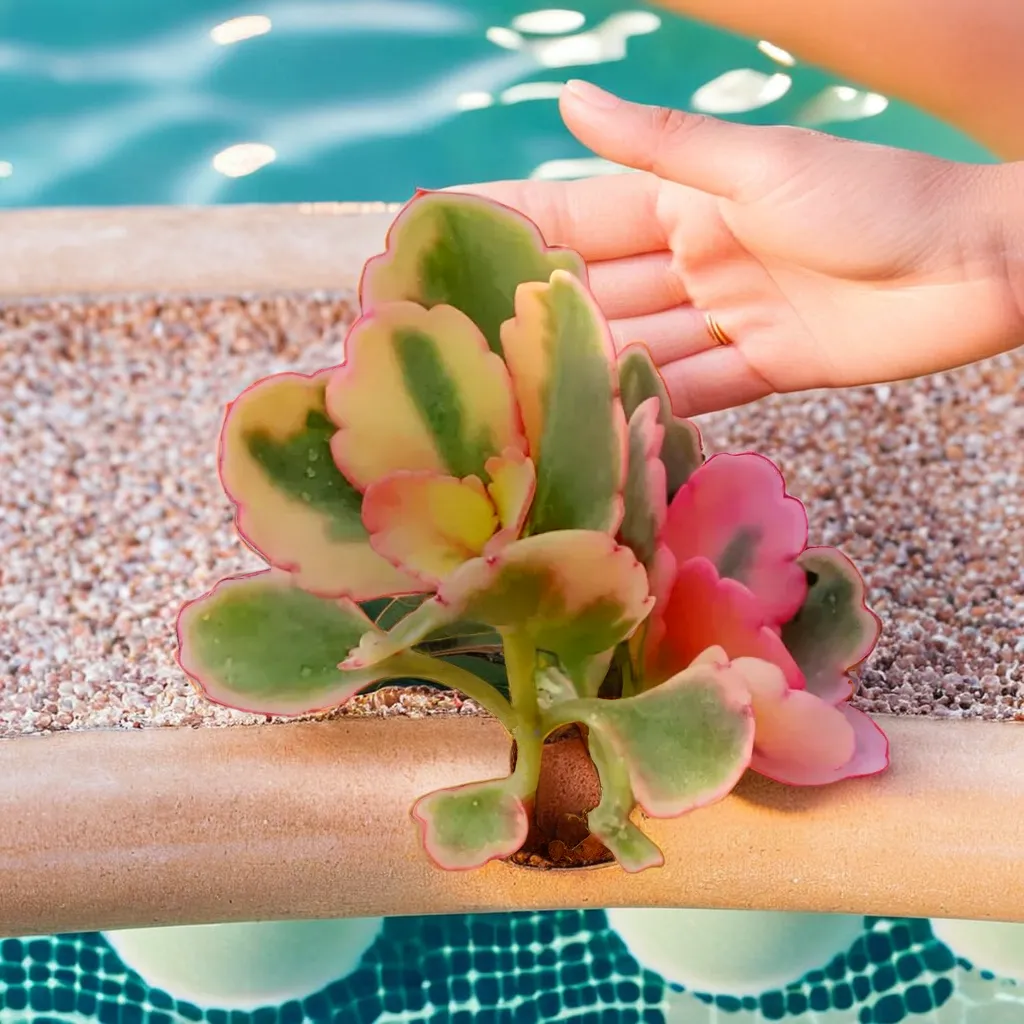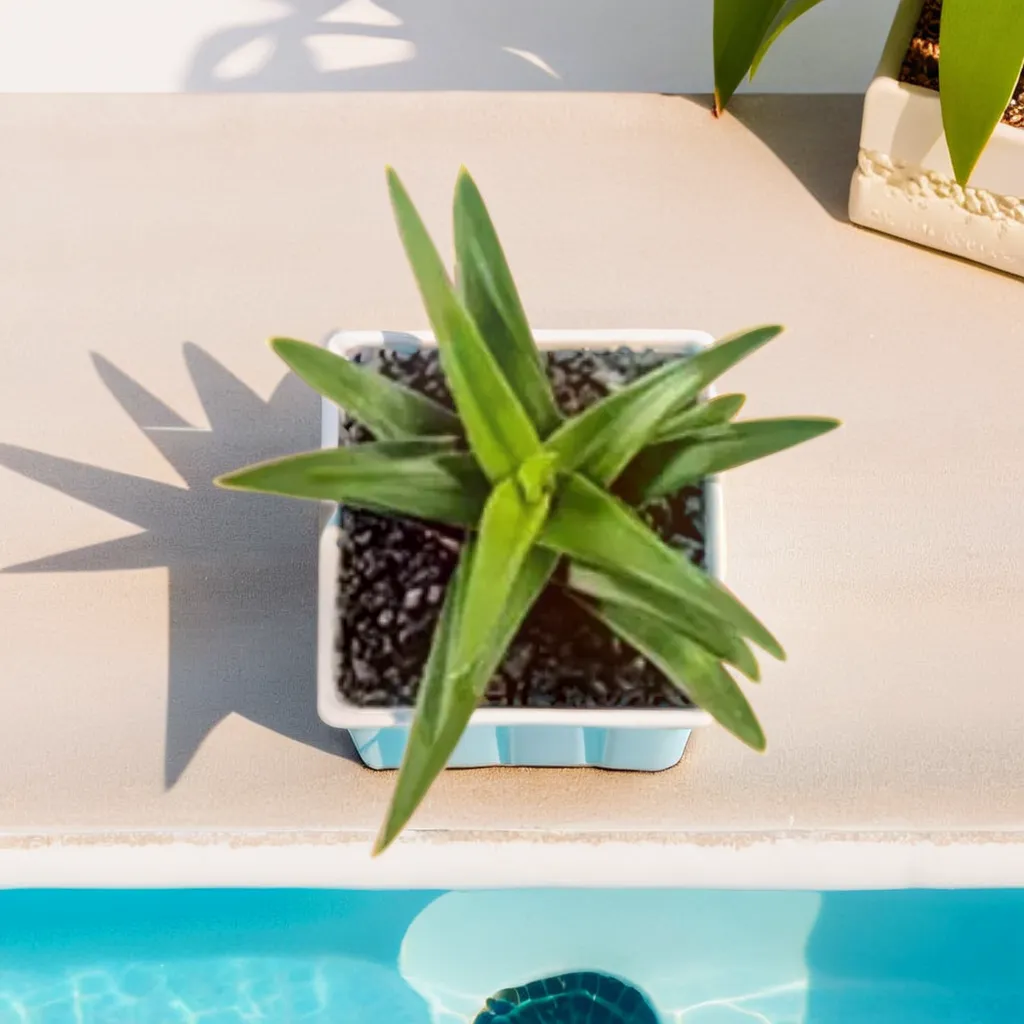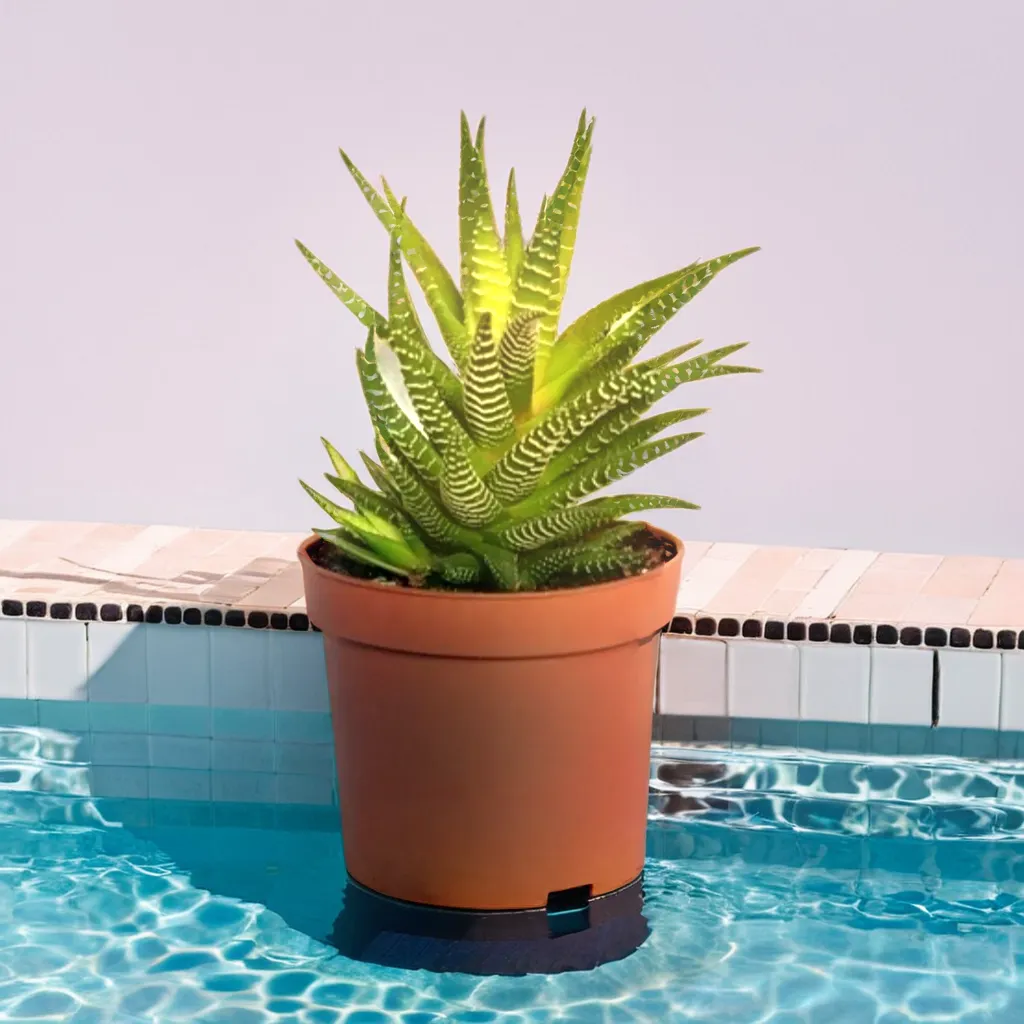Description
Growing Othonna capensis, commonly known as Ruby Necklace or String of Rubies, can be a rewarding experience. This succulent plant features trailing stems with bead-like, ruby-red leaves, making it an attractive addition to any indoor or outdoor garden.
How to grow Othonna capensis:
- Light requirements: Othonna capensis thrives in bright, indirect light. Place the plant near a window that receives several hours of sunlight each day. However, protect it from intense, direct sunlight, as it can scorch the leaves.
- Temperature: This succulent prefers moderate temperatures ranging between 65°F and 75°F (18°C to 24°C). It can tolerate slightly cooler temperatures but may suffer if exposed to frost or extreme heat.
- Soil: Use a well-draining succulent or cactus potting mix. You can also make your own mix by combining equal parts of perlite, coarse sand, and regular potting soil. Good drainage is crucial to prevent root rot.
- Watering: Allow the soil to dry out partially between waterings. Othonna capensis is drought-tolerant and doesn’t like to sit in soggy soil. Water thoroughly but infrequently, making sure excess water drains away. Reduce watering during winter when the plant goes into a dormant period.
- Humidity: Ruby Necklace plants do well in average household humidity levels. They don’t require additional humidity, making them suitable for most indoor environments.
- Fertilization: Feed Othonna capensis with a balanced, water-soluble succulent fertilizer once a month during the growing season (spring and summer). Follow the instructions on the fertilizer packaging for the correct dilution ratio.
- Propagation: Propagating Othonna capensis is relatively easy. You can take stem cuttings and root them in well-draining soil or water. Allow the cuttings to callus over for a day or two before planting them. Keep the newly planted cuttings slightly moist until they establish roots.
- Pruning: To encourage bushier growth and maintain a neat appearance, pinch back the tips of the stems occasionally. This will also prevent the plant from becoming too leggy.
- Pests and diseases: Othonna capensis is generally resistant to pests and diseases. However, keep an eye out for common succulent pests like mealybugs or spider mites. If you notice any infestation, isolate the affected plant and treat it with an appropriate insecticidal soap or neem oil.
- Potting and repotting: When the plant outgrows its current pot, repot it into a slightly larger container with fresh succulent potting mix. Repotting is usually done in spring or early summer. Handle the plant gently, as its stems are delicate and prone to breakage.
By following these guidelines, you should be able to grow a healthy and vibrant Othonna capensis-Ruby Necklace plant. Enjoy the beauty of its trailing stems and vibrant red leaves as it adds a touch of color to your garden or indoor space.
You can also visit our store to buy succulents online , buy succulent planters, buy fertilizers online with various types of indoor plants and hardy succulents . You can refer to our informational site for more details about plant varieties.Click here for agricultural knowledge information.






